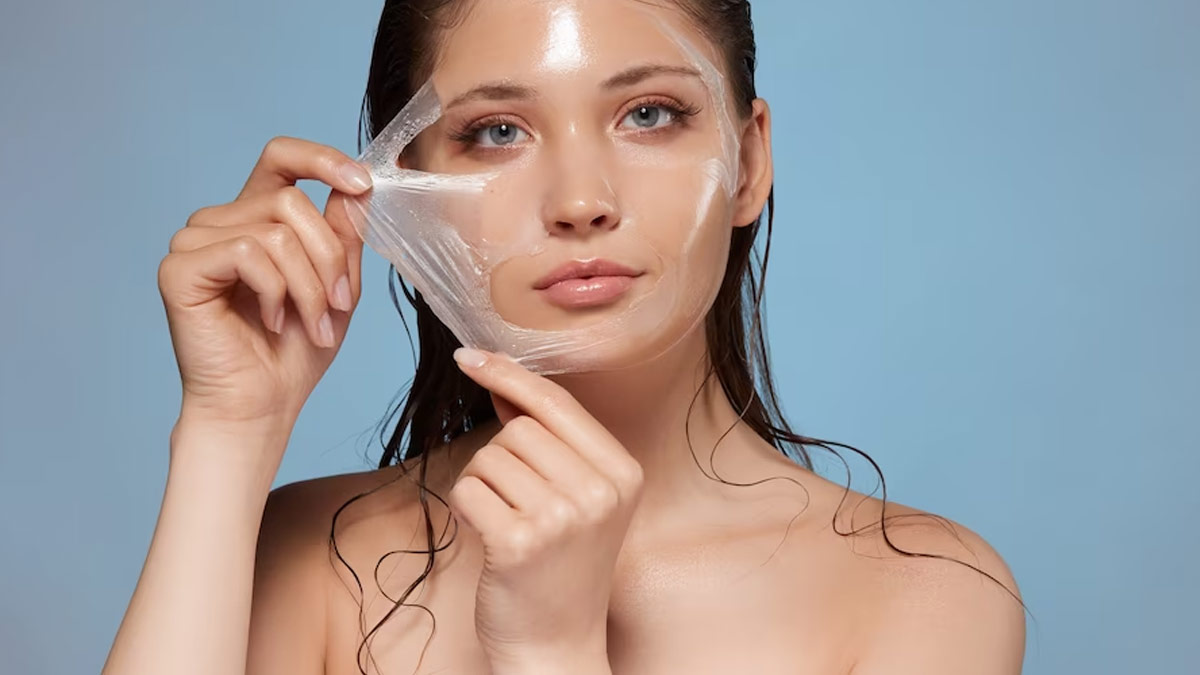
Chemical peels have become a popular cosmetic procedure for achieving smoother, rejuvenated skin. Chemical peeling, or chemical exfoliation, is like giving your skin a refreshing makeover using special chemicals. These chemicals cause a bit of intentional damage to the outer layer of your skin, making it bounce back with a rejuvenated look.
Table of Content:-
As per researchers from the University of Toronto, These peels can be a game-changer for various skin issues like acne, wrinkles, and sun damage. They work not only for cosmetic reasons but also to tackle skin problems. Doctors often use them to improve skin appearance, either on their own or alongside other treatments like lasers or dermabrasion.
There are different types of chemical peels, each with its own way of application, time requirements, and some risks. However, while these treatments can be effective in addressing various skin concerns, it's crucial to be aware of potential complications that you should watch out for when considering or undergoing chemical peel treatments.

Skin Irritation and Redness
Chemical peels involve the application of acid solutions to the skin, which can lead to temporary irritation and redness. However, excessive inflammation may indicate an adverse reaction or an inappropriate peel strength for your skin type. It's essential to communicate openly with your dermatologist to adjust the treatment plan accordingly.
Hyperpigmentation or Hypopigmentation
One of the risks associated with chemical peels is changes in skin pigmentation. Darker skin tones may be more prone to hyperpigmentation, while lighter skin tones might experience hypopigmentation. A skilled professional can tailor the peel to your skin type to minimise these risks, but it's crucial to be aware of the possibility.
Scarring
Improper application or an inappropriate choice of peel strength can lead to scarring. This risk is heightened if the treated area is not adequately protected from the sun during the recovery period. Adhering to post-peel care instructions and sun protection measures is crucial to prevent scarring.
Also Read: Separating Fact from Fiction: Debunking the Myths of Cosmetic Surgery

Allergic Reactions
Some individuals may be sensitive to the chemicals used in peels, leading to allergic reactions. Before undergoing a chemical peel, it's important to inform your dermatologist of any known allergies to ensure the chosen peel solution is safe for you. Patch tests may be recommended in certain cases.
Infection Risk
Chemical peels create a controlled injury to the skin, leaving it temporarily more susceptible to infections. Following proper aftercare instructions, including keeping the treated area clean and avoiding picking at peeling skin, can help minimise the risk of infection.
Unpredictable Results
Every individual's skin reacts differently to chemical peels, and predicting the exact outcome can be challenging. While most people experience positive results, there's a degree of unpredictability. Realistic expectations and thorough consultations with your skincare professional are essential to avoid disappointment.
While chemical peels can be transformative for the skin, understanding and acknowledging potential complications is crucial. Choosing a qualified and experienced skincare professional, following pre and post-treatment guidelines diligently, and communicating openly about your concerns can help minimize risks and enhance the overall safety and effectiveness of the chemical peel experience. Remember, informed decisions lead to healthier and happier skin.
Also watch this video
How we keep this article up to date:
We work with experts and keep a close eye on the latest in health and wellness. Whenever there is a new research or helpful information, we update our articles with accurate and useful advice.
Current Version